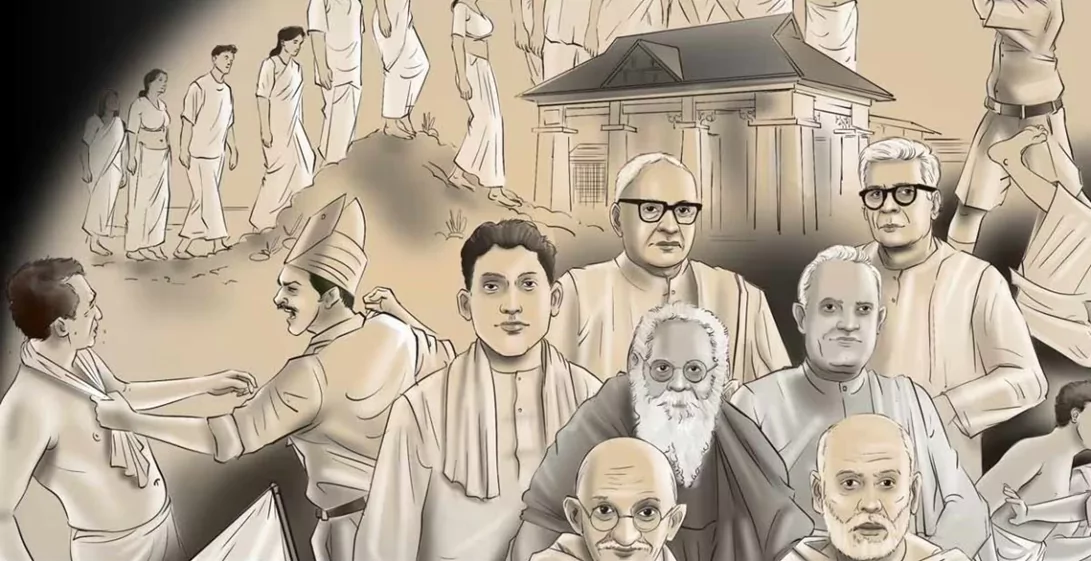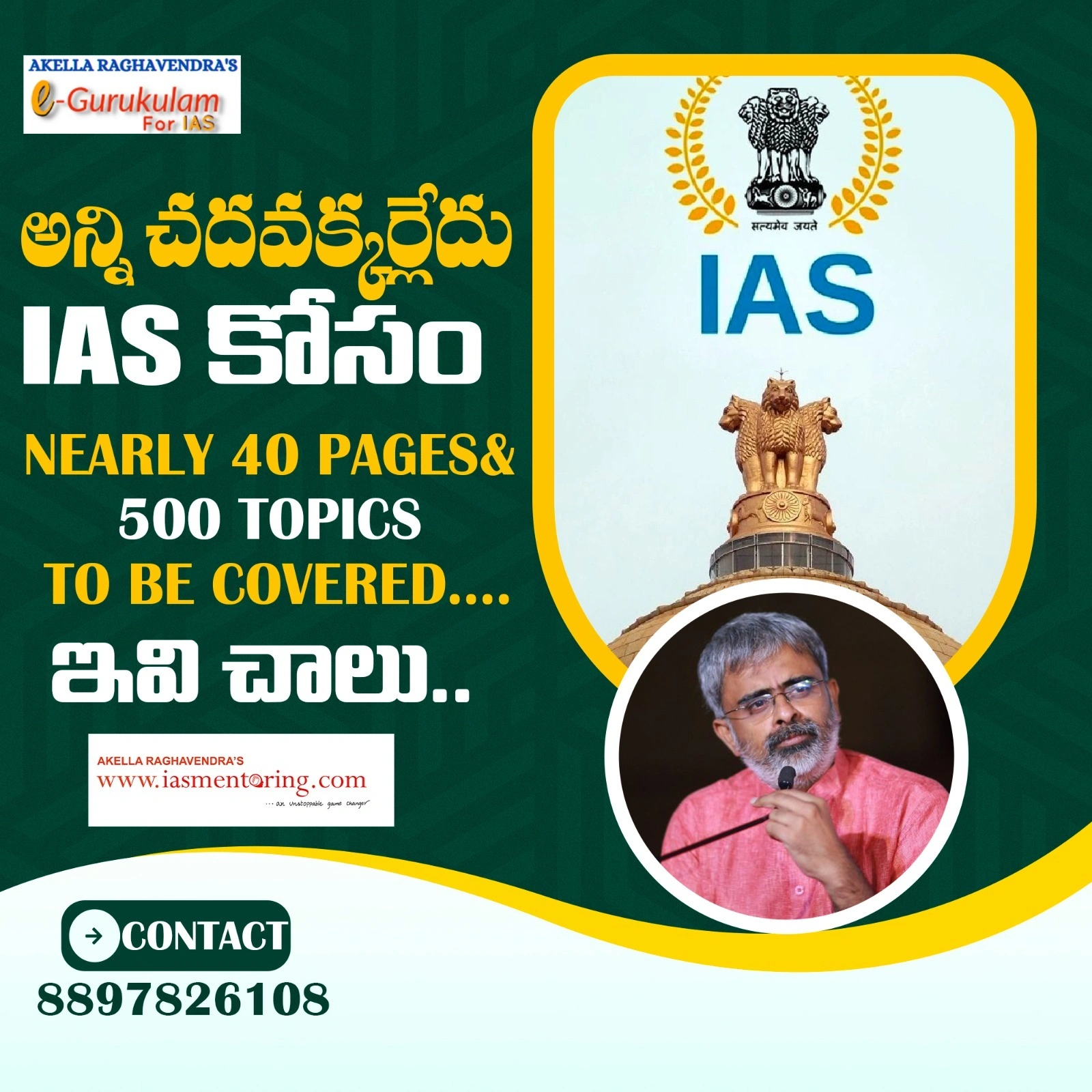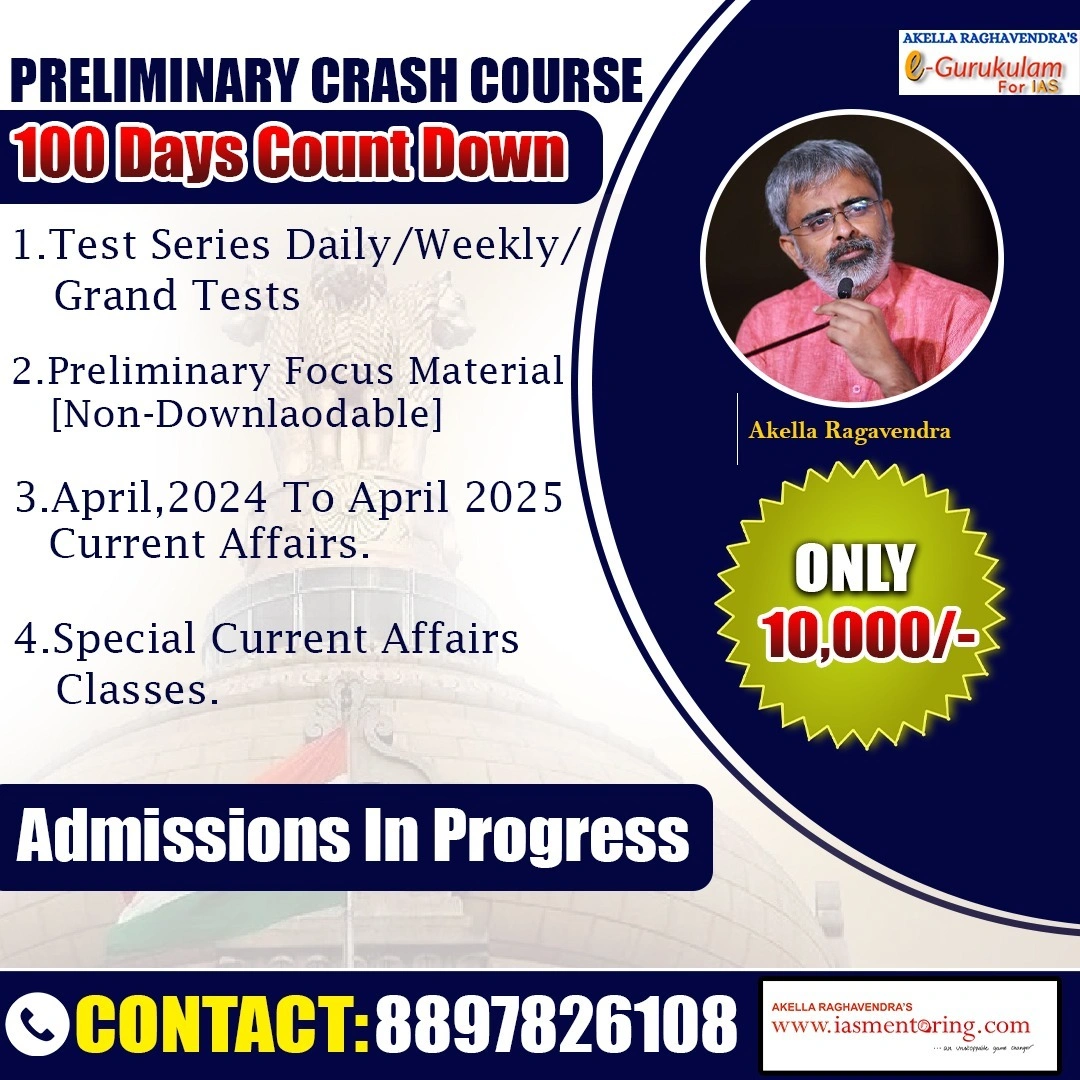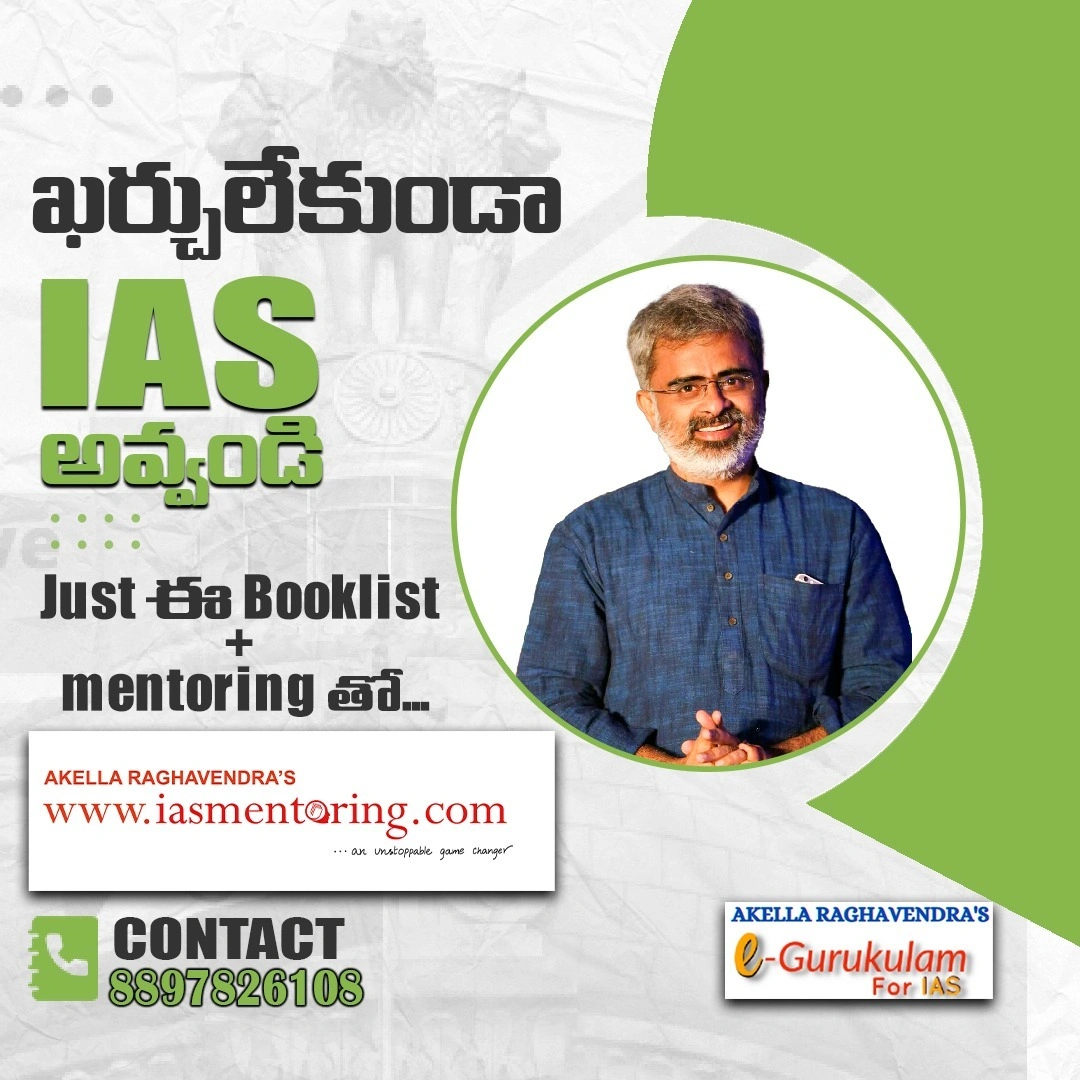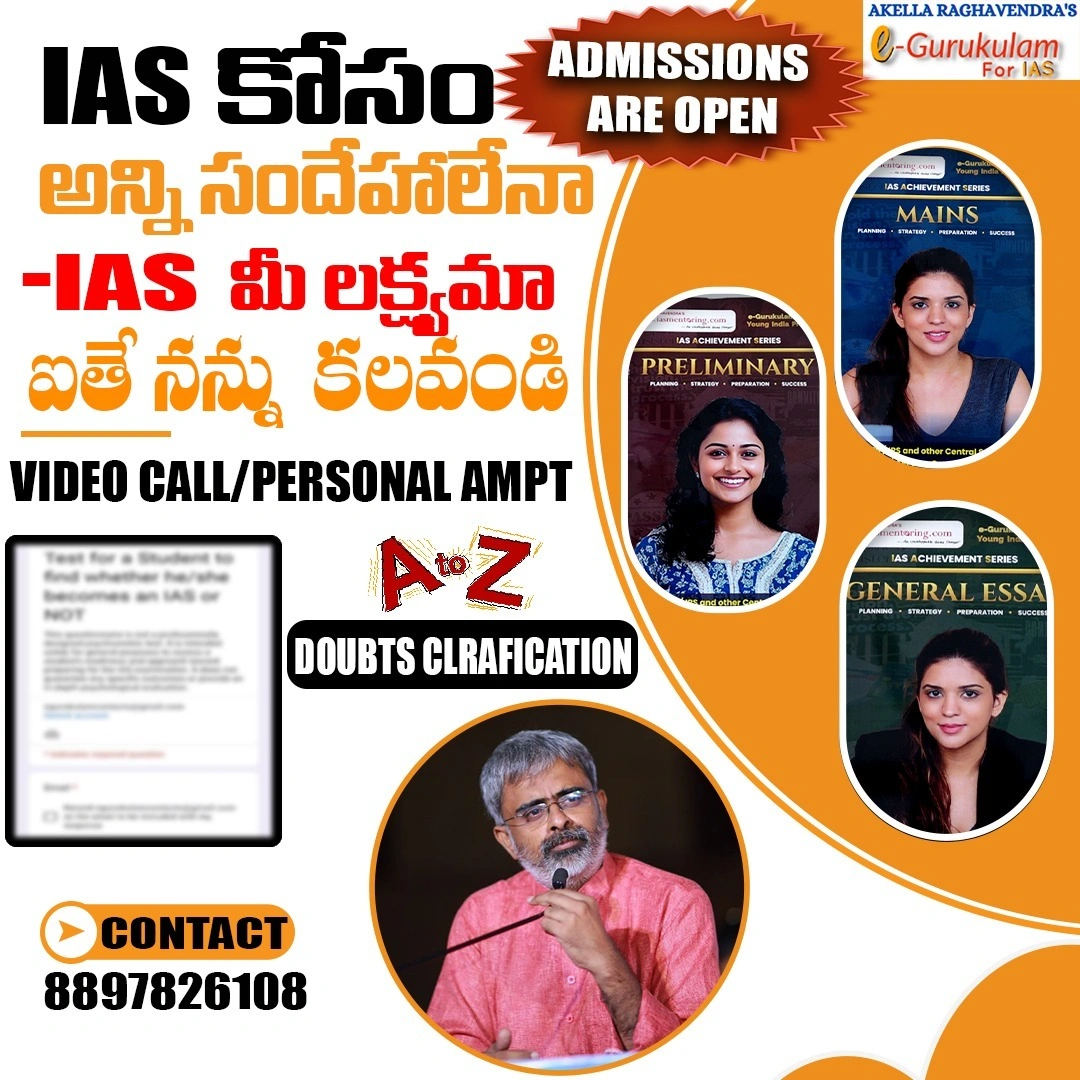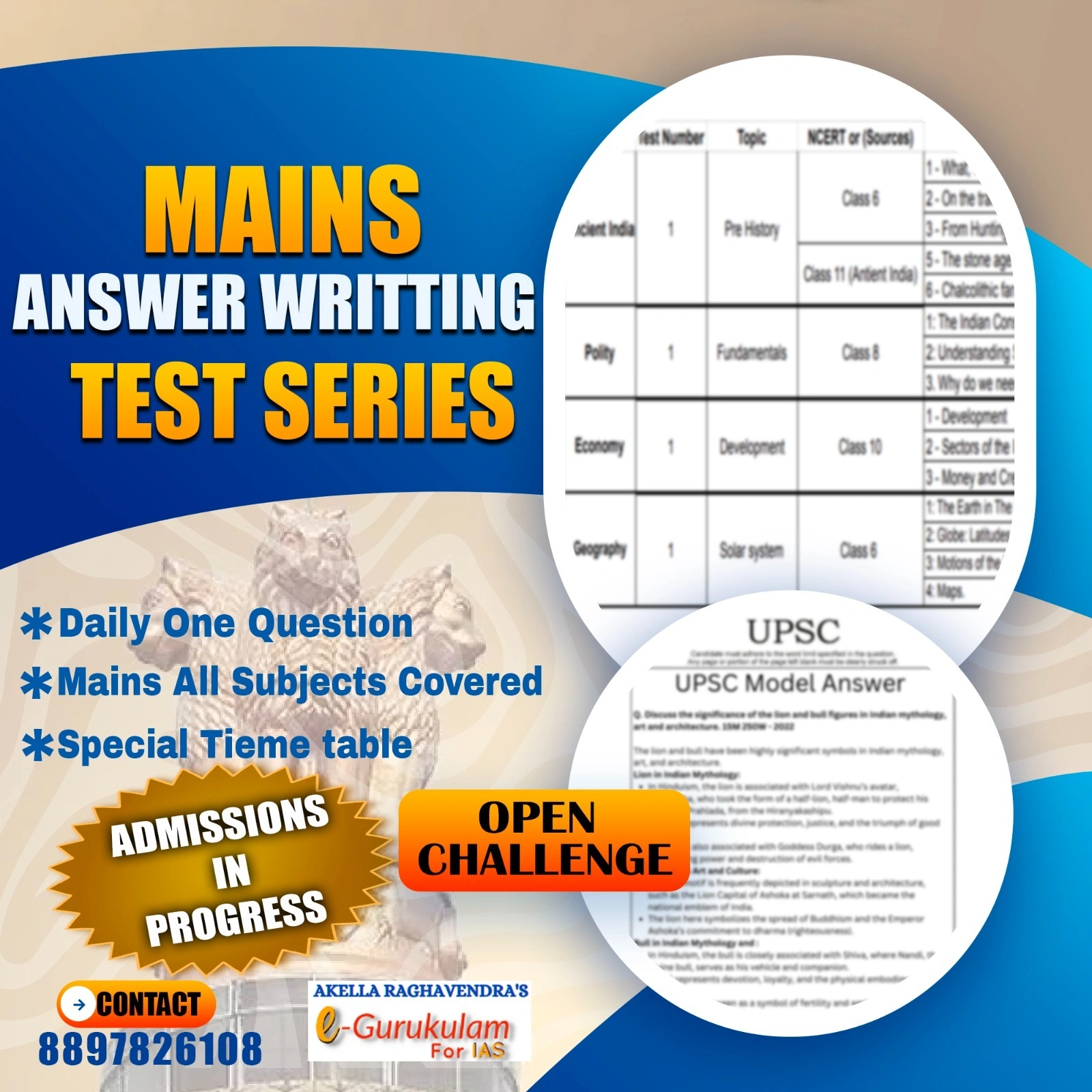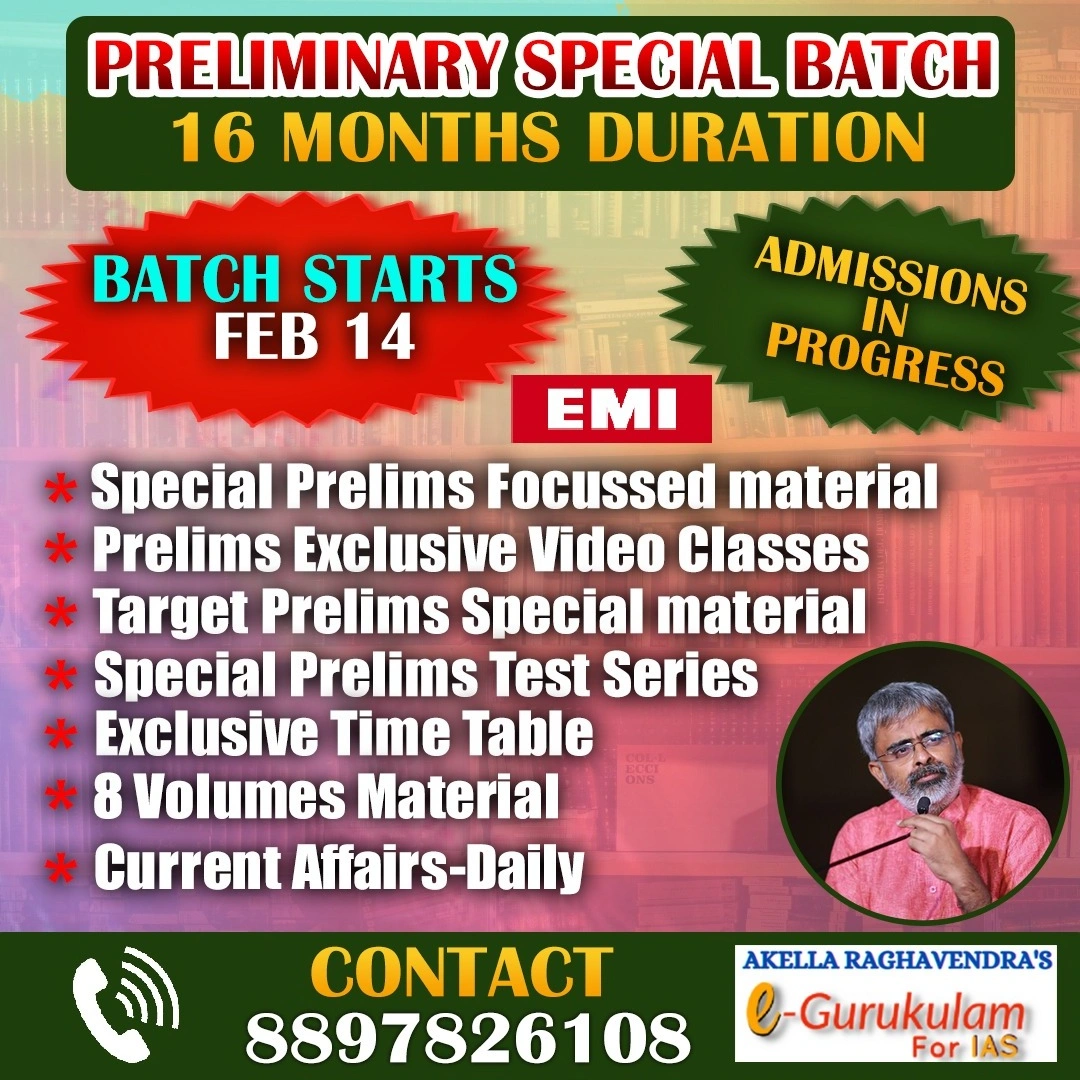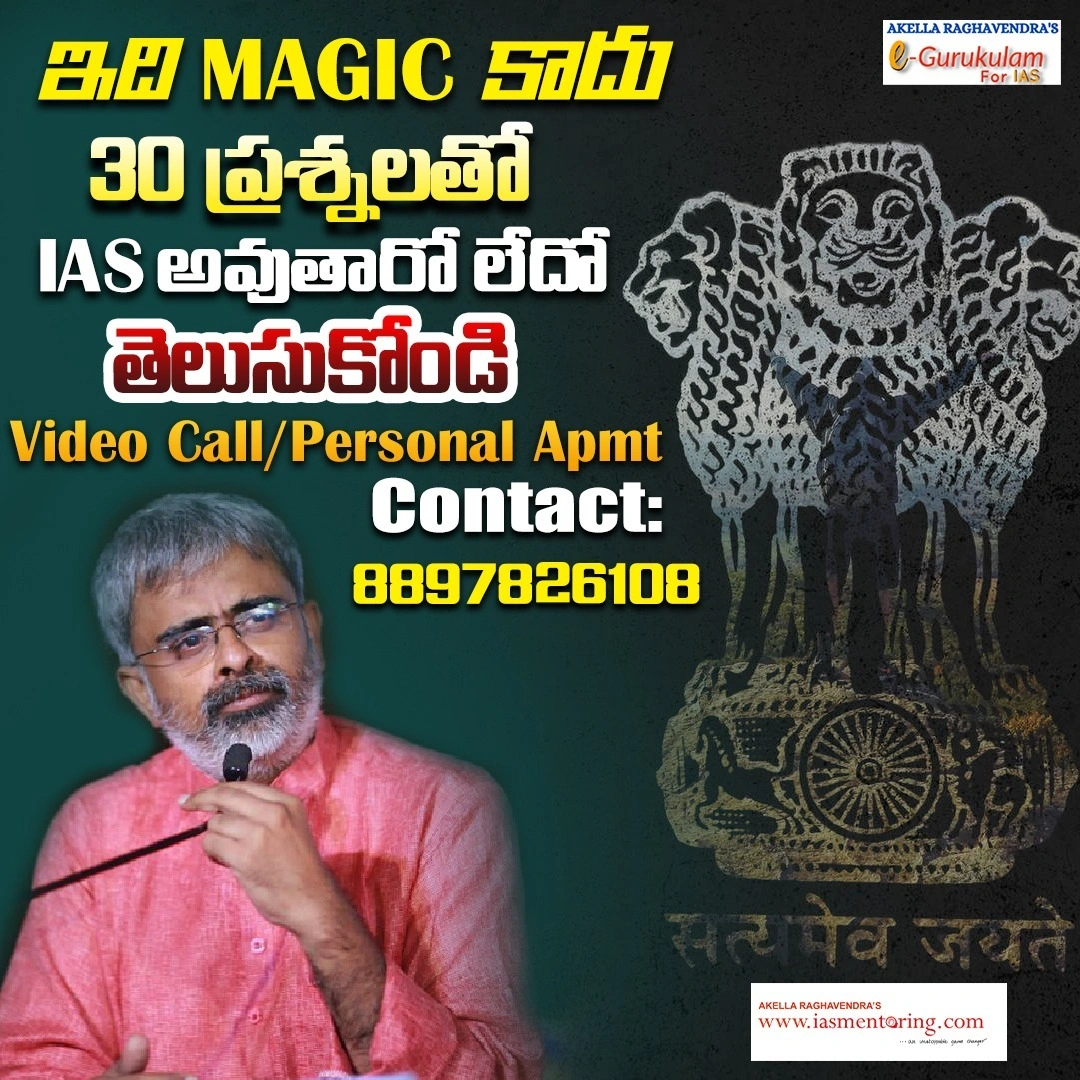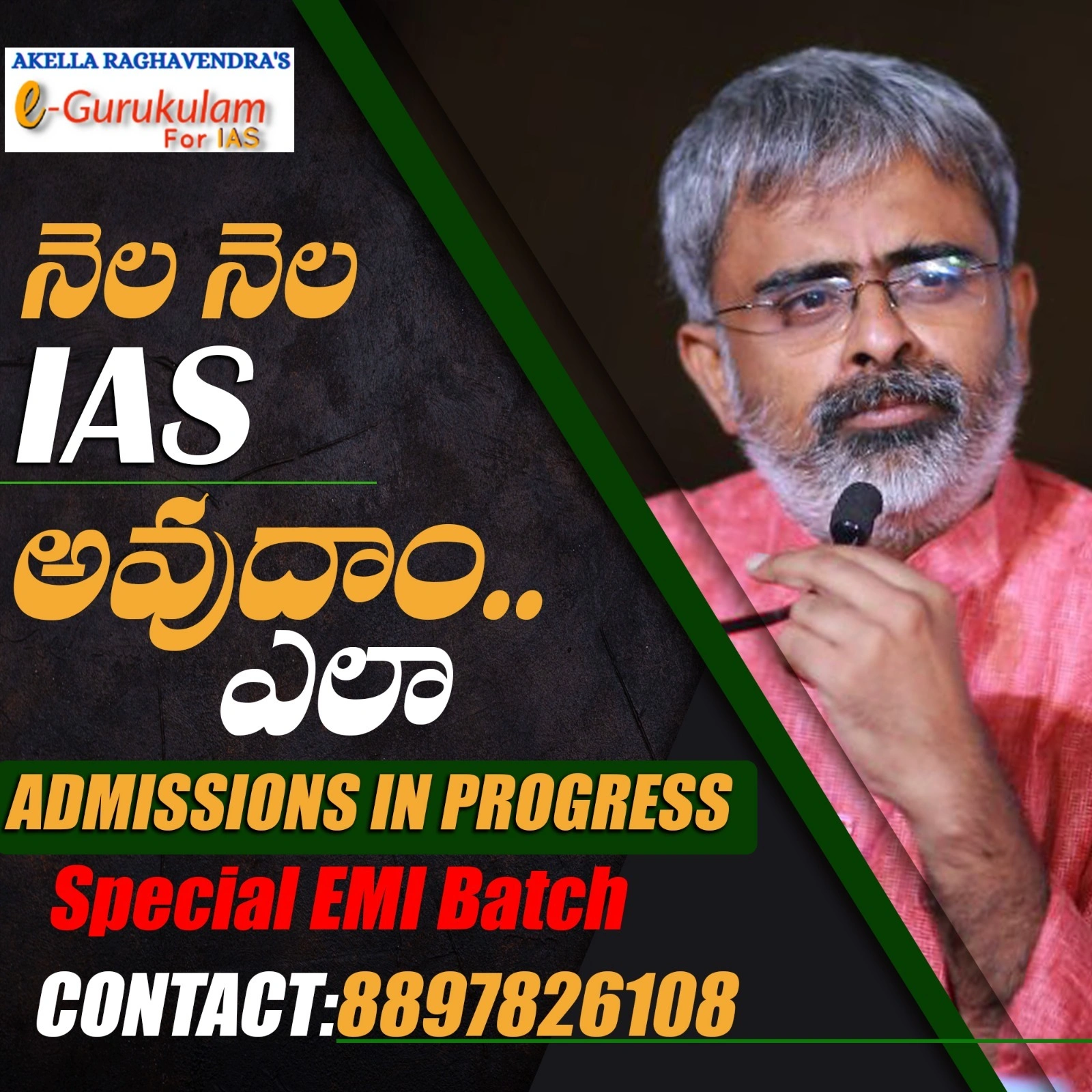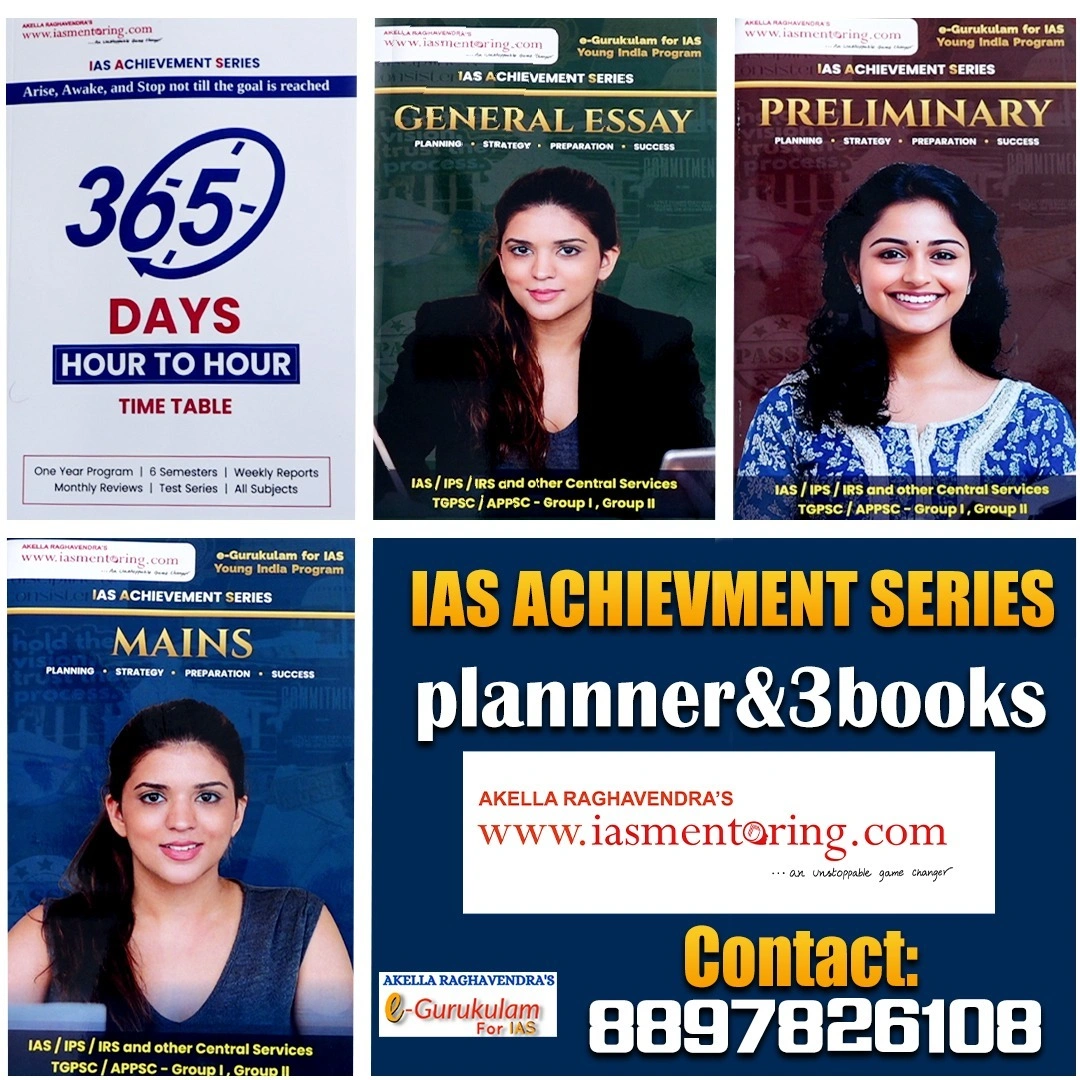100 Years of Vaikom Satyagraha (1924–2024)
Introduction
The Vaikom Satyagraha (1924–1925) was a landmark social reform movement in British India aimed at abolishing caste-based discrimination and securing the right of lower-caste communities to access public roads around the Vaikom Mahadeva Temple in Travancore (modern-day Kerala). It was the first mass movement in India that used non-violent resistance (Satyagraha) to challenge the practice of untouchability, marking a pivotal moment in India’s journey toward social equality.
- Significance:
- First organized, non-violent protest against caste discrimination and untouchability in India.
- Laid the foundation for future temple entry movements and social justice legislation.
- Demonstrated the effectiveness of Satyagraha (truth-force) as a tool for achieving social and political change.
Historical Background
- Location: The movement took place in Vaikom, a town in the Kottayam district of Travancore, known for the Vaikom Mahadeva Temple dedicated to Lord Shiva.
- Caste System in Travancore:
- The caste system in Travancore was extremely rigid, with severe restrictions imposed on lower castes regarding their movement, education, and access to public spaces.
- Lower-caste communities such as Ezhavas, Pulayas, Parayas, and others were prohibited from using roads around the Vaikom Mahadeva Temple, which were reserved exclusively for upper-caste Hindus, particularly the Namboodiri Brahmins and Nairs.
- Violating these caste rules could result in social ostracism, physical punishment, or legal action under the local laws of Travancore.
- Legal Framework Supporting Untouchability:
- The Travancore Kingdom’s laws legitimized caste-based restrictions, reinforcing the idea of ritual purity and pollution.
- Public roads near temples were considered extensions of sacred spaces, thus barring lower castes from accessing them.
- Growing Demand for Social Reform:
- Inspired by social reformers like Sri Narayana Guru (who proclaimed “One Caste, One Religion, One God for All”) and Chattampi Swamikal, there was increasing resistance to caste discrimination.
- The Kerala Pradesh Congress Committee (KPCC), under the influence of Mahatma Gandhi’s principles of non-violence and civil disobedience, took up the cause to fight untouchability in Travancore.
Causes of the Vaikom Satyagraha
- Social and Cultural Oppression:
- Lower castes were prohibited from entering temples, using public roads, or accessing public wells and schools.
- The ban on using roads around the Vaikom Mahadeva Temple symbolized the extreme social exclusion faced by lower castes.
- Religious Discrimination:
- The concept of ritual pollution was used to justify excluding lower castes from areas considered sacred.
- Even the shadow of a person from a lower caste was believed to defile upper-caste Hindus.
- Political Awakening and Nationalism:
- The rise of Indian nationalism and the influence of Mahatma Gandhi encouraged people to challenge social inequalities.
- The success of non-violent resistance during the Non-Cooperation Movement (1920–1922) inspired leaders to apply similar methods to fight social injustice.
- Economic Injustice:
- Lower castes were often denied access to markets, jobs, and education, trapping them in poverty.
- Lack of economic opportunities reinforced their social inferiority, making their demand for equal rights more urgent.
- Influence of Social Reformers:
- Sri Narayana Guru advocated for social equality and promoted the idea that all human beings are equal, irrespective of their caste.
- His teachings inspired both Hindu reformers and Indian nationalists to challenge caste-based discrimination.
Key Events of the Vaikom Satyagraha (1924–1925)
Phase 1: Launch of the Satyagraha (March 30, 1924)
- Leaders:
- K. Madhavan, a prominent social reformer and editor of the Malayalam newspaper Desabhimani, played a crucial role in initiating the movement.
- Kelappan, a freedom fighter and editor of Mathrubhumi, became the chief organizer of the Satyagraha.
- P. Kesava Menon, editor of Mathrubhumi, and George Joseph, a lawyer and Congress leader, provided legal and organizational support.
- Mahatma Gandhi's Involvement:
- Although Gandhi did not personally participate in the protest, he guided the movement by promoting the principles of non-violence and civil disobedience.
- He encouraged protesters to remain peaceful, even in the face of provocation.
- Start of the Protest:
- On March 30, 1924, a group of Satyagrahis led by Kelappan and Kesava Menon marched along the prohibited roads near the temple.
- The protesters were promptly arrested by the Travancore police for violating government orders.
Phase 2: Intensification of the Protest (April–July 1924)
- Mass Arrests and Repression:
- Hundreds of protesters were arrested and jailed for attempting to walk on the forbidden roads.
- The government deployed police forces to block access to the roads and used force to disperse crowds.
- Support from Tamil Nadu:
- Periyar E.V. Ramasamy, a social reformer from Tamil Nadu, joined the Satyagraha and became one of its most prominent leaders.
- Periyar’s involvement expanded the movement beyond Kerala, gaining support from Tamil Nadu and other regions.
- Women’s Participation:
- Women like Savithri Amma, Meenakshi Amma, and other local women supported the protesters by providing food, shelter, and moral encouragement.
- Their involvement challenged traditional gender roles and highlighted the intersection of gender and caste discrimination.
Phase 3: National and International Attention (August–December 1924)
- Spread of Awareness:
- The movement gained national attention, with newspapers across India reporting on the struggles of lower castes in Travancore.
- Mahatma Gandhi and other national leaders used the Satyagraha to highlight the issue of untouchability during freedom movement meetings.
- Support from Congress:
- The Indian National Congress (INC), under the leadership of Rajagopalachari and Sardar Vallabhbhai Patel, extended its moral and financial support.
- Congress volunteers from various states joined the protests, strengthening the movement’s national character.
Phase 4: Resolution and Success (1925)
- Intervention by Gandhi:
- In 1925, Mahatma Gandhi met with the Travancore Maharani and the Diwan of Travancore, Sir P. Ramaswami Iyer, to negotiate a peaceful resolution.
- Gandhi emphasized that ending caste-based discrimination was essential for India’s progress.
- Proclamation of Victory (November 23, 1925):
- The Travancore government issued a proclamation allowing all castes to use the public roads surrounding the Vaikom Mahadeva Temple.
- Although the temple itself remained closed to lower castes until the Temple Entry Proclamation of 1936, this was a significant step toward social equality.
- Impact on Future Movements:
- The success of the Vaikom Satyagraha inspired similar movements like the Guruvayur Satyagraha (1931–1932) and eventually led to the Temple Entry Proclamation of 1936 in Travancore.
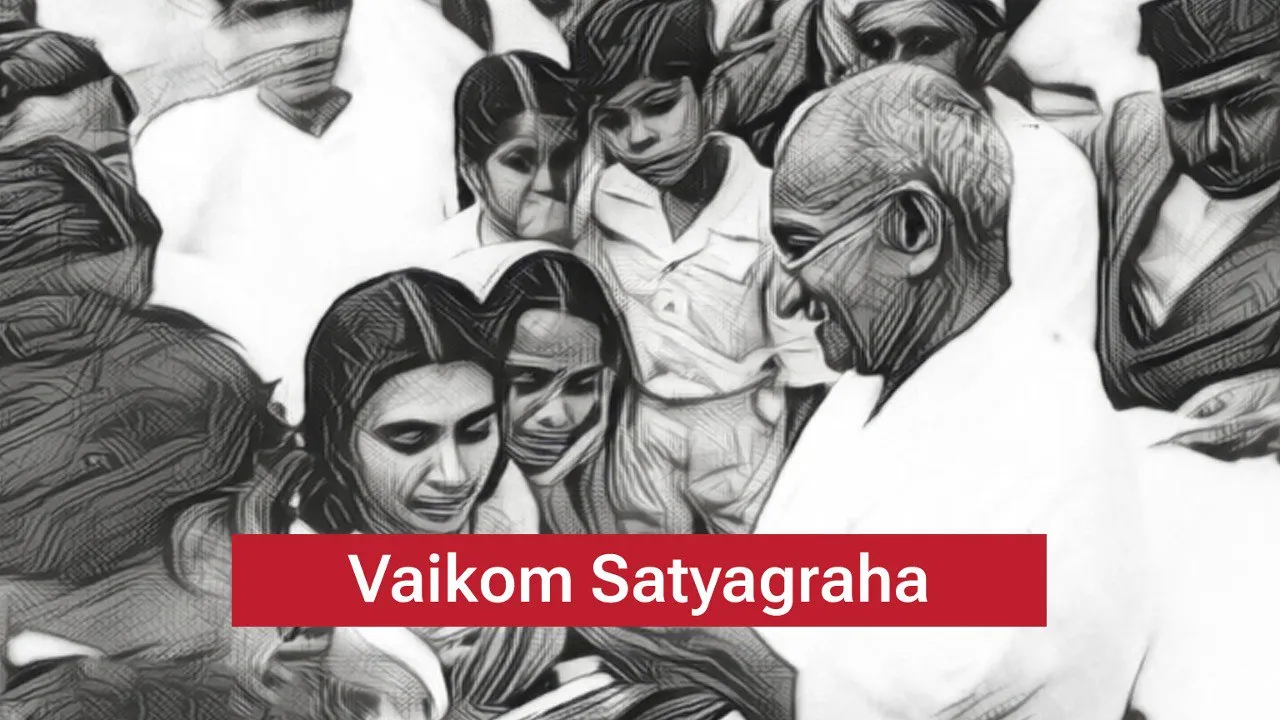
Key Leaders and Their Contributions
| Leader | Role | Contribution |
|---|---|---|
| Mahatma Gandhi | Moral Guide | Guided the movement using non-violence and negotiated with the Travancore government for a peaceful resolution. |
| Periyar E.V. Ramasamy | Leader from Tamil Nadu |
Led protests, mobilized support from Tamil Nadu, and earned the title "Vaikom Veerar" for his courageous leadership. |
| T.K. Madhavan | Social Reform Activist |
Initiated the movement, advocated for lower-caste rights, and raised awareness through his newspaper Desabhimani. |
| K. Kelappan | Organizer and Satyagrahi |
Led the non-violent protests, faced arrests, and inspired thousands to join the Satyagraha. |
| K.P. Kesava Menon | Editor and Activist |
Used his newspaper Mathrubhumi to spread awareness and supported the Satyagraha despite facing imprisonment. |
| George Joseph | Congress Leader and Lawyer |
Provided legal support to arrested protesters, coordinated with national leaders, and advocated for civil rights. |
| Savithri Amma & Meenakshi Amma | Women Activists |
Challenged traditional gender roles by supporting protesters with food, shelter, and moral encouragement. |
Outcomes and Impact of the Vaikom Satyagraha
- End of Caste-Based Road Restrictions:
- The movement successfully abolished the restriction preventing lower castes from using roads around the Vaikom Temple, reducing social segregation.
- Foundation for Temple Entry Movements:
- Paved the way for the Temple Entry Proclamation of 1936, which allowed all castes to enter temples in Travancore.
- Strengthening Non-Violent Resistance:
- The success of the non-violent Satyagraha demonstrated the effectiveness of civil disobedience in achieving social reform.
- National Impact:
- Inspired anti-untouchability campaigns across India, influencing leaders like Mahatma Gandhi and R. Ambedkar.
- Periyar’s Rise as a Social Reformer:
- Periyar E.V. Ramasamy’s leadership during the Satyagraha established him as a key figure in the anti-caste movement and led to his lifelong advocacy against Brahminical dominance.
- Constitutional Influence:
- The movement contributed to the abolition of untouchability under Article 17 of the Indian Constitution, ensuring equal rights for all citizens.
100th Anniversary (Centenary Celebrations, 2024)
- Commemoration of Social Justice:
- The Government of Kerala is organizing state-wide events to commemorate 100 years of the Vaikom Satyagraha, emphasizing its role in promoting equality.
- Tributes to Key Leaders:
- Special tributes are being paid to Mahatma Gandhi, Periyar E.V. Ramasamy, K. Madhavan, and other leaders who fought against caste discrimination.
- Educational Programs:
- Schools and universities are conducting seminars, exhibitions, and essay competitions to raise awareness about the Vaikom Satyagraha.
- Cultural and Public Events:
- Cultural events such as theatrical performances, historical reenactments, and memorial walks are being held to engage the public and celebrate the spirit of Satyagraha.
The Vaikom Satyagraha remains a milestone in India's fight against caste discrimination and untouchability. Its success demonstrated the power of non-violent resistance in challenging deep-rooted social injustices and laid the foundation for future movements that led to the Temple Entry Proclamation of 1936 and the abolition of untouchability under Article 17 of the Indian Constitution. As India commemorates 100 years of this historic movement in 2024, the Vaikom Satyagraha continues to inspire the nation’s commitment to equality, justice, and human dignity.
